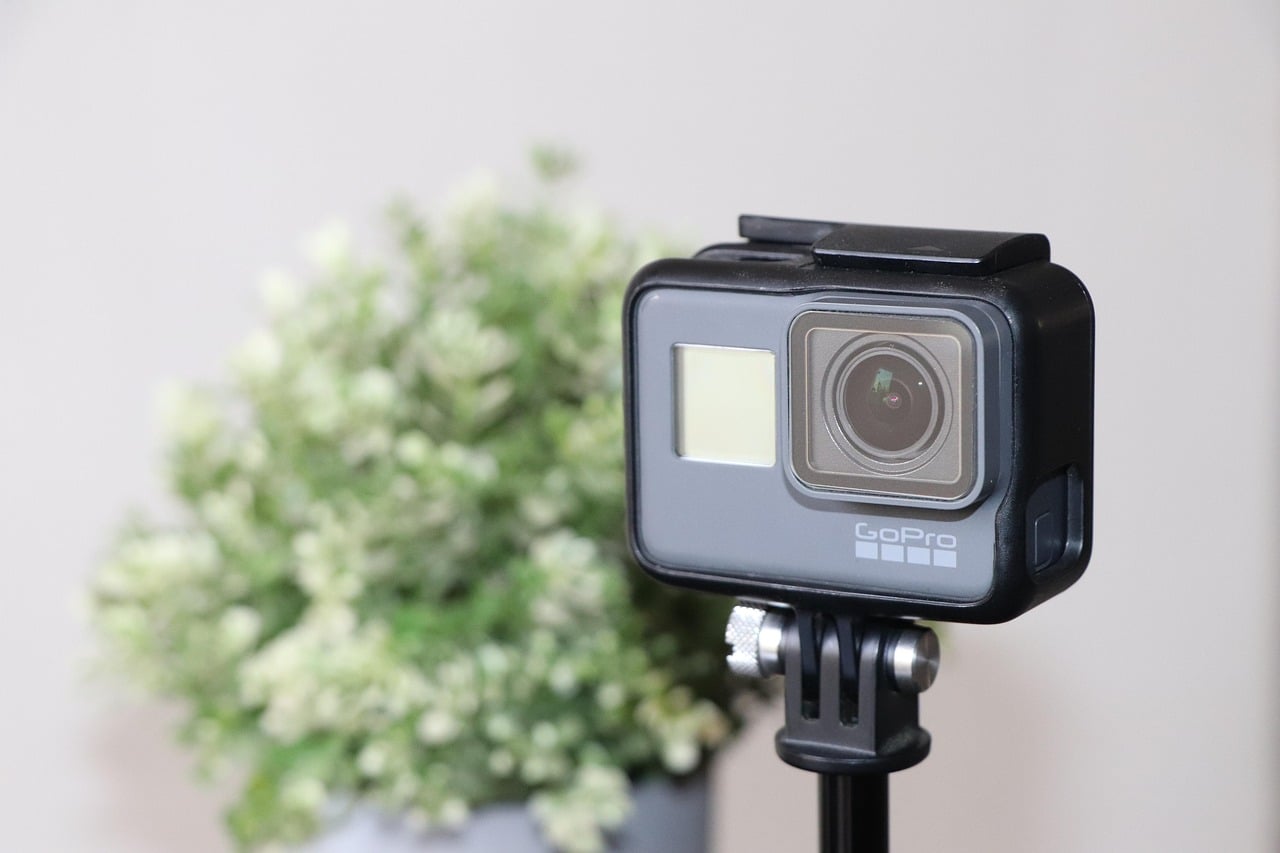Resolving Dress Code Conflicts Gracefully
Dress codes are a common part of many workplaces. They provide guidance on what is and isn’t acceptable to wear in a professional setting. However, despite their purpose, dress codes often lead to conflicts between employees and employers. Whether it’s a disagreement over the definition of “business casual” or a personal preference, dress code conflicts can be a difficult issue to navigate. But with the right approach, these conflicts can be resolved gracefully without damaging relationships or causing tension in the workplace. In this article, we will explore some tips for how to resolve dress code conflicts with professionalism and respect.
Understanding the Dress Code
The first step to resolving dress code conflicts is to fully understand the dress code itself. Many conflicts arise due to a lack of clarity or confusion about what the dress code actually entails. When addressing a dress code conflict, it’s important to refer back to the original policy or guidelines and make sure both parties are on the same page. This can help to avoid any misunderstandings and provide a clear framework for the discussion.
Create a Safe and Non-Judgmental Environment
It’s natural to feel defensive when someone critiques our appearance, and this can be a major source of tension in dress code conflicts. To avoid this, it’s important to create a safe and non-judgmental environment for the discussion. This means avoiding accusatory language and focusing on the issue at hand instead of attacking the person. Additionally, it’s important to listen to the other person’s perspective and acknowledge their feelings. This will help to foster open communication and lead to a more productive resolution.
Seek a Compromise
In some cases, dress code conflicts can stem from personal preferences or individual styles. If this is the case, it’s important to seek a compromise. This might involve finding a middle ground that satisfies both parties, such as allowing certain types of clothing on certain days or in certain situations. It’s important to be open-minded and flexible when seeking a compromise, as this can help to resolve the conflict in a way that is beneficial for both parties.
Consider the Company Culture
When it comes to dress code conflicts, it’s important to take into consideration the company culture and values. While some dress codes may be more strict, others may allow for more individual expression. If the dress code is causing tension or discomfort for an employee, it’s important for managers to consider whether the dress code aligns with the company culture and if it’s truly necessary. This can help to provide a more fair and respectful approach to resolving the conflict.
Document and Follow Up
Once a resolution has been reached, it’s important to document the outcome and follow up if necessary. This will help to ensure that all parties are on the same page and can refer back to the agreement in case there are any future conflicts. Additionally, following up on the resolution can help to make sure that it’s being implemented effectively and that everyone is satisfied with the outcome.
Conclusion
Dress code conflicts can be a source of tension in the workplace, but with the right approach, they can be resolved gracefully. By understanding the dress code, creating a safe and non-judgmental environment, seeking a compromise, considering the company culture, and documenting and following up on the resolution, dress code conflicts can be resolved in a professional and respectful manner. This not only helps to maintain positive relationships in the workplace, but also promotes a more inclusive and understanding company culture.











